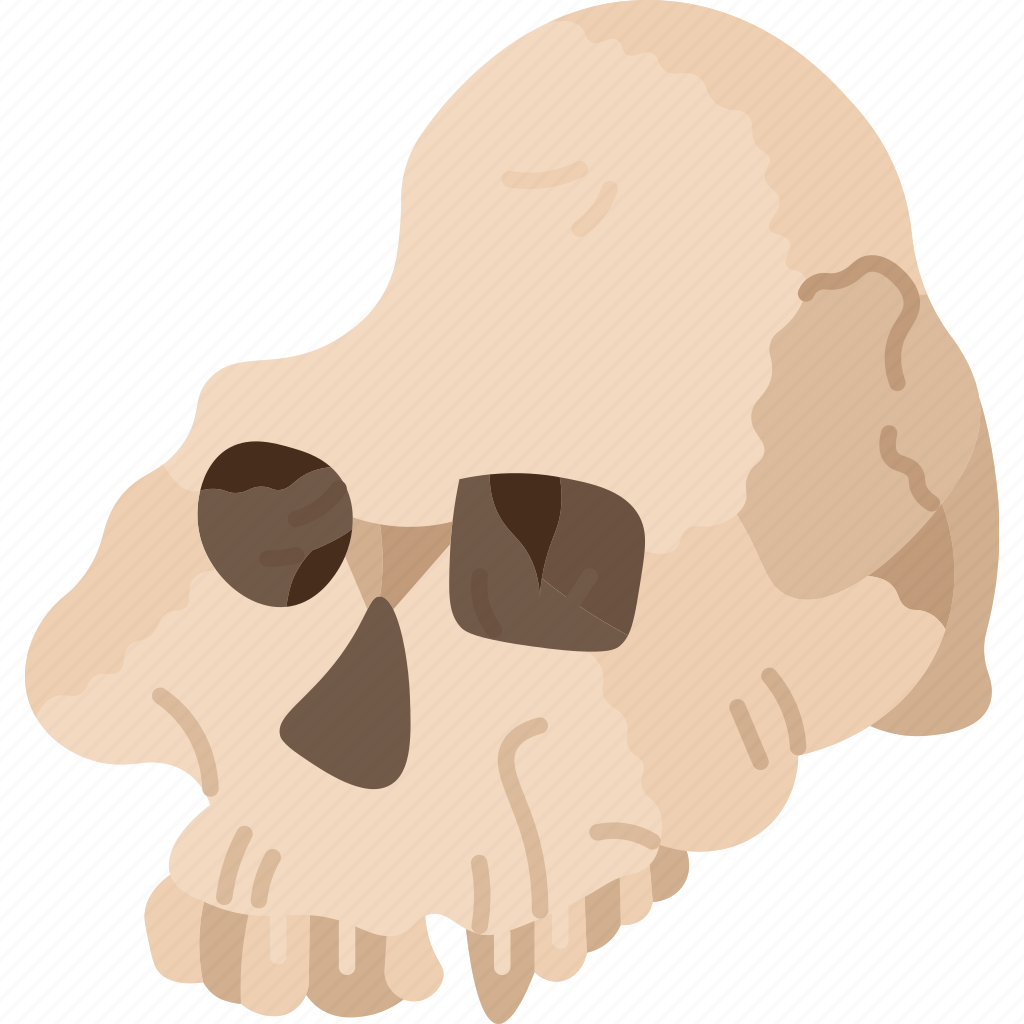An international research team has published a new study on one of the oldest known sites for the processing of animal meat by humans in the southern Balkans. At Marathousa 1, an archaeological site in the Greek Megalopolis Basin, researchers not only found numerous stone tools that provide clues to human behavior but also remains of the extinct straight-tusked elephant Palaeoloxodon antiquus.
The study, published in the journal PLOS One and led by the Senckenberg Center for Human Evolution and Paleoenvironment at the University of Tübingen, shows that various tool-making techniques were already being used about 430,000 years ago—depending on the material and purpose. The Marathousa 1 hominins produced the sharp-edged flakes required for cutting meat both by freehand striking and by using “bipolar striking techniques.”


